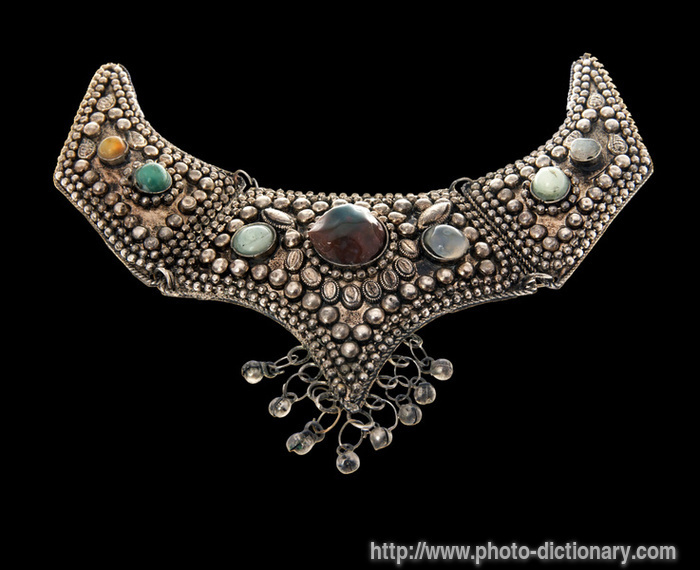Brooch
A brooch also known in ancient times as a fibula, is perhaps the oldest type of jewelry. When man first took to wearing something more than a loin cloth, there emanated the necessity of holding the cloth together.
Over time, the appearance of brooch evolved and was slowly refined by craftsmen. The next advancement in this accessory, after the thorns, was the safety pin mechanism. There was the ornament which was attached to the cloth by a pin and a spring made everything work smoothly.
The next huge step on design came during the time of the Byzantines. They had a passion for color and this was carried over to their designs. For the first time, brooches came in bright colors with intricate designs. Soon after, it became a hot item during trades and was sought after by many.
Years later, the brooch saw even more improvements as its size grew which meant there was more surface area for designers to work with. Very intricate designs were finally possible and artists and craftsmen used it to the fullest extent. For some people, symbols, family crests and other meaningful patterns were made into brooches which also boosted its reputation amongst the people and most especially the elite.
It is usually made of metal, often silver or gold but sometimes bronze or some other material. Brooches are frequently decorated with enamel or with gemstones and may be solely for ornament (as in the stomacher) or sometimes serve a practical function as a fastening, perhaps for a cloak.
The earliest known brooches are from the Bronze Age. As fashions in brooches changed rather fast, they are important chronological indicators.
There are several distinct types of brooches, not only in design, but in the fastening mechanism. The earliest known of these was the “safety-pin” form. This brooch had a pin, hinge, spring and bow all in one place. If a brooch is not a bow shaped, but round it is called “annular”. A “discoidal” brooch has a solid plaque or ornamental face with a simple pin and hook in the back. The “pen annular” pin was developed by the Celts and had a gap in the ring.
The early Christian period made a great advance in its effect on brooches throughout the fifth and sixth centuries. Its influence brought the addition of symbols and inscriptions to the necessary brooch, helping along with the Byzantines, to push the brooch towards its ornamental character.
In Ireland from the ninth to the thirteenth century, the pen annular reached its point of perfection. This is evidenced in the Tara brooch, beautifully decorated gold with enamels and cabochon stones. The pin of the pen annular always pointed upwards when worn. Then the ring was twisted to hold the pin in place with the pressure of the material.
The nineteenth century brooch took on many looks, as did the rest of the jewelry created. Early in the century, brooches began to look like the lace that many of them held, with mixed wire-work and fancy stones. Later, the vogue was a brooch made with pavé turquoise and tiny seed pearls threaded on horsehair. Throughout the next century, brooches, as with all jewels, closely followed the latest fashion.




